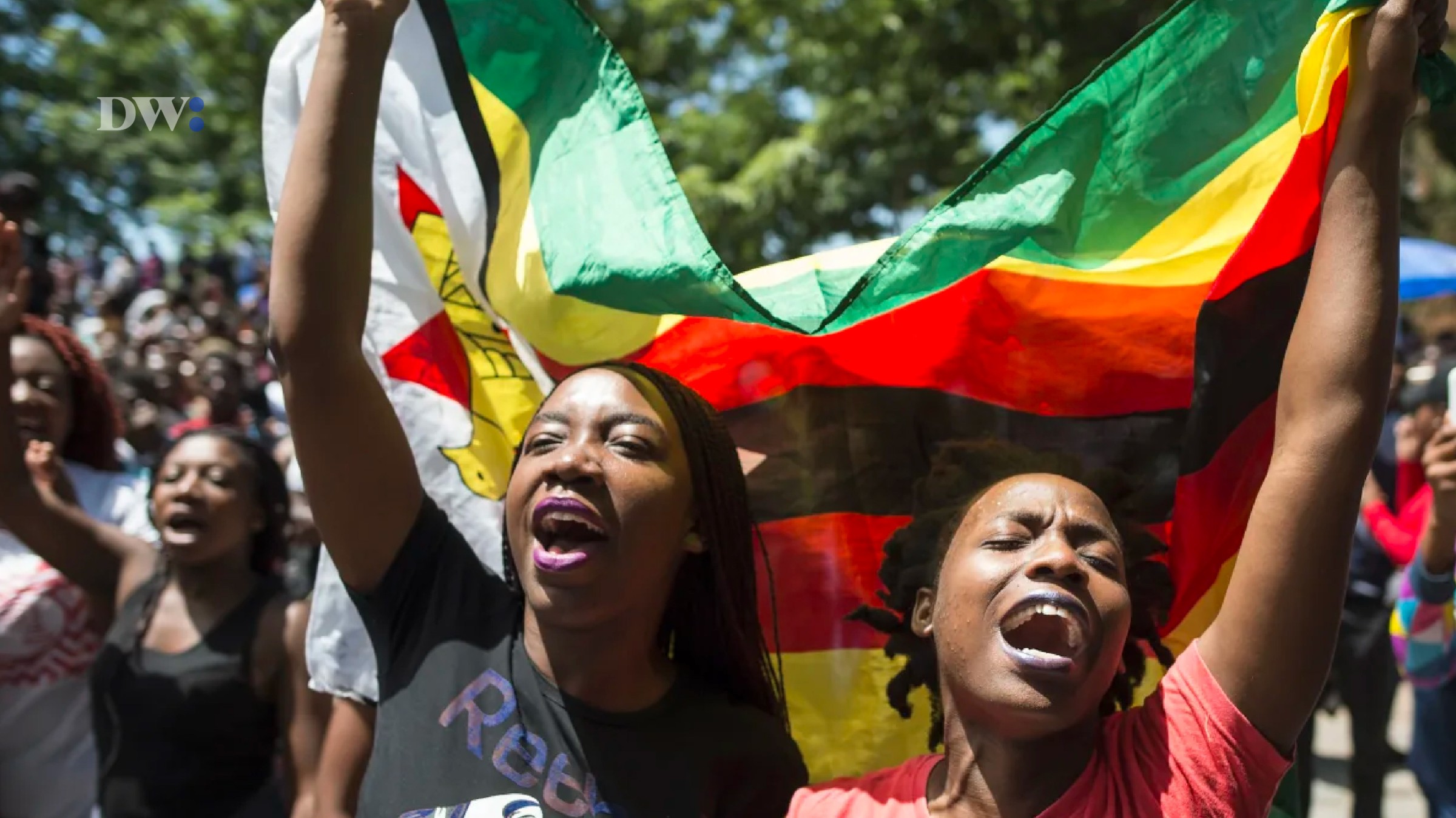The August 26th elections in Zimbabwe saw a victor although the results are disputed based on reports of voter suppression, delayed voting and irregularities with the ballot paper. These controversies have cast doubt on the legitimacy of the results, despite President Emmerson Mnangagwa of the ruling party being declared the winner. The Citizens Coalition for Change (CCC) adamantly rejected the outcome, adding to the political turmoil.
The election was seen as a battle of men with a drop in the number of women candidates that the political parties nominated. This is in spite of women taking up most of the voting population. For context, over half of the 6.5 million registered voters are women.
One notable aspect of these elections was the marked decline in the number of women candidates nominated by political parties. In comparison to its regional counterparts like Namibia, South Africa, and Mozambique, Zimbabwe lags in women’s participation in parliament, with just 44 per cent, 46 per cent, and 42 per cent representation, respectively.
Zimbabwe’s constitution underwent a significant change in 2013, introducing a gender equality quota aimed at increasing women’s participation in politics. Paradoxically, since the introduction of this legislation, the country has witnessed a consistent decrease in women’s representation. In 2013, there were 33 per cent of women in the National Assembly and 48 per cent in the Senate. By 2018, these numbers had dwindled to 31 per cent and 44 per cent, respectively. This stark contrast between policy and practice underscores the challenges women face in assuming active roles in politics.
When the Zimbabwe Electoral Commission (ZEC) announced 11 presidential candidates in June, there were no women. In 2018, there were four female candidates and the 2023 elections saw none. In the now-concluded elections, only 68 women ran out of 633 contested parliamentary seats, resulting in 23 women being elected. These 23 will join an additional 60 women appointed based on the quota system, bringing the total representation in the lower house to 83 women, or 30.7 per cent. The numbers are expected to rise further once senatorial appointments are finalized.
“It is quite disappointing that women failed to make it to the ballot after all the work and investment they had made to get into leadership over the past five years,” Sitabile Dewa, an executive director and founder of Women’s Academy For Leadership and Political Excellence (WALPE), said to Al Jazeera. “It is sad that only one woman presidential candidate made it after the intervention of the courts.”
Although there is hope for an overall increase in women’s representation beyond the 31 per cent achieved in 2018, these newly elected women may still face challenges in advocating for gender equality. Regional disparities are evident, with provinces like Harare and Bulawayo nominating a higher number of women, while provinces like Mashonaland and Matabeleland lag behind.
The underrepresentation of women in politics often stems from deeply entrenched socio-cultural, socio-economic, and religious beliefs that uphold patriarchal values. These beliefs cast women as lesser beings and question their suitability for leadership roles. Paradoxically, the gender equality quota, while well-intentioned, can create a negative bias against women, portraying them as appointees rather than elected representatives. This dilemma often leaves women torn between loyalty to their political party and their commitment to advancing women’s rights in Zimbabwe.
To address this issue and promote gender equality in politics, Zimbabwean political parties must prioritize the nomination of more women representatives. This step is vital to ensure that the country can genuinely advance gender equality and empower women to take on leadership roles in shaping its future.

Leave a Reply